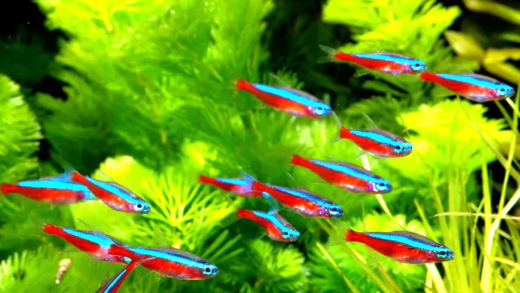Manatees are herbivorous marine mammals primarily found in warm coastal waters, rivers, and estuaries. They play a crucial role in their ecosystems by maintaining aquatic plant health. Their size ranges from 800 to 1,200 pounds and they can grow up to 13 feet long. Understanding their habitat is essential for conservation efforts, as manatees face threats from habitat loss, pollution, and climate change.
What Do Manatees Eat: A Look at Their Diet
Manatees are herbivorous marine mammals that primarily feed on a variety of aquatic plants. Their diet mainly consists of seagrasses, algae, and other vegetation found in their natural habitat. Understanding what manatees eat is crucial for appreciating their role in the ecosystem and the importance of protecting their food sources.
These gentle giants can consume up to 10% of their body weight in food daily. They are known to graze on:
- Seagrasses: These are a staple in their diet, providing essential nutrients.
- Algae: Manatees often munch on algae that grow on rocks and other surfaces.
- Water lilies: These plants are also a favorite snack.
- Other aquatic plants: They may eat various types of vegetation depending on their location.
In terms of feeding habits, manatees are not aggressive eaters. They use their flexible lips to grasp and tear the plants, showcasing their unique adaptations. They prefer shallow waters where they can easily access their food sources. This behavior is essential for maintaining the health of their environment, as it helps control the growth of aquatic plants.
It is important to note that the availability of food is directly linked to the health of manatee populations. Threats such as water pollution, habitat destruction, and climate change can severely impact their feeding grounds. Protecting these areas not only ensures the survival of manatees but also maintains the overall health of marine ecosystems.
In conclusion, the diet of manatees is a vital aspect of their biology and the ecosystems they inhabit. By understanding what these gentle giants eat, we can better appreciate their ecological role and the importance of safeguarding their habitats.
Manatee Weight and Size: Understanding Their Dimensions
Manatees are impressive creatures, not just because of their gentle nature but also due to their significant size. These marine mammals can weigh anywhere from 800 to 1,200 pounds (approximately 363 to 544 kilograms) when fully grown. Their weight can vary based on their habitat and diet, with some individuals reaching up to 1,500 pounds (680 kilograms). This substantial mass is supported by a robust body structure, which is essential for their survival in aquatic environments.
In terms of length, manatees typically range from 8 to 13 feet (2.4 to 4 meters) long. The average length for most manatees is around 10 feet (3 meters). This size makes them one of the largest herbivores in the sea. Their large, paddle-like flippers allow them to navigate through water with ease, while their rounded tails enable efficient swimming.
Understanding the physical characteristics of manatees is crucial for conservation efforts. Their size plays a role in their feeding habits and habitat preferences. For instance, larger manatees require more food, which underscores the importance of healthy seagrass beds in their habitats.
In summary, the weight and size of manatees are vital aspects of their biology. Recognizing these dimensions helps in understanding their needs and the threats they face in the wild. As we continue to protect these gentle giants, it’s important to consider how their physical characteristics influence their survival.
Where Do Manatees Live? Exploring Their Habitat
Manatees inhabit a variety of aquatic environments, primarily found in shallow coastal waters, rivers, and estuaries. Their preferred habitats are warm, slow-moving waters that provide ample food and shelter. Understanding where manatees live is essential for conservation efforts, as these environments are increasingly threatened by human activities.
Manatees are commonly found in:
- Coastal Areas: They often frequent the coastal waters of Florida, the Caribbean, and parts of Central and South America. These areas offer rich seagrass beds that are crucial for their diet.
- Rivers: Freshwater rivers are another common habitat for manatees. They migrate upstream during warmer months to find food and suitable resting spots.
- Estuaries: These environments, where freshwater meets saltwater, are vital for manatees. They thrive in estuaries that provide a mix of aquatic vegetation.
One of the most significant threats to manatees is habitat loss due to development and pollution. Increased boat traffic in these areas poses additional risks, as collisions can be fatal for these gentle giants. Manatees rely on healthy environments for their survival, making it crucial to protect their habitats.
Furthermore, climate change impacts manatee habitats by altering water temperatures and salinity levels. As a result, conservation efforts must focus on preserving and restoring these natural environments to ensure the survival of manatees.
In conclusion, understanding the habitats of manatees is vital for their protection. By safeguarding coastal areas, rivers, and estuaries, we can help maintain healthy ecosystems that support these magnificent creatures.





Comments are closed.